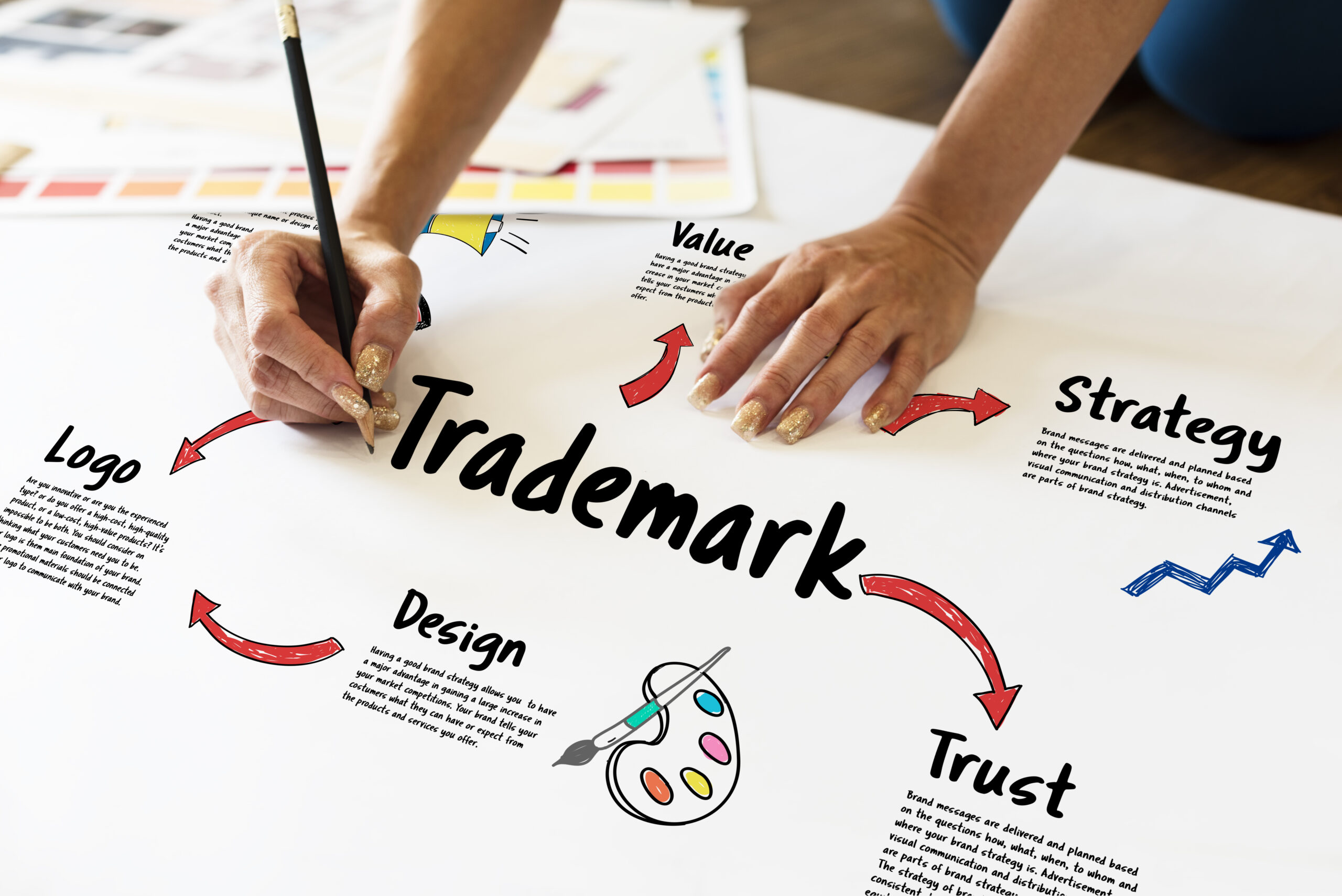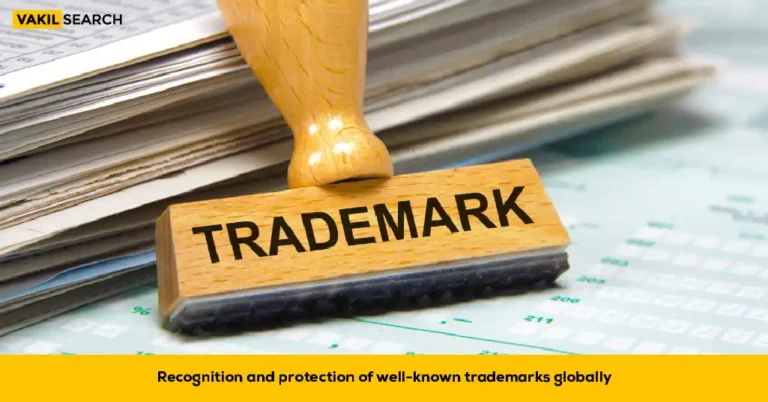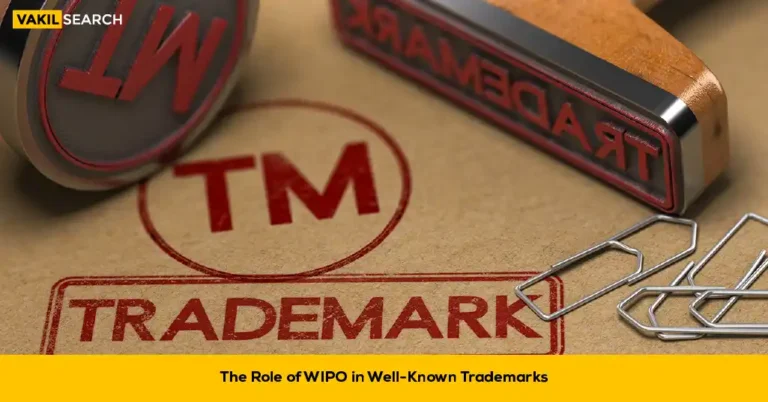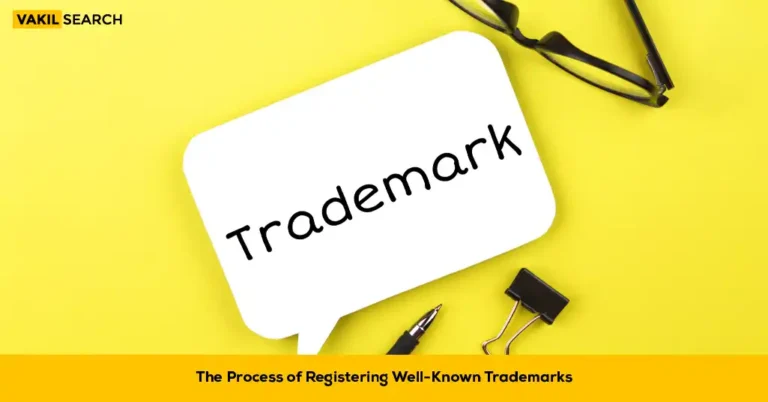Global trademark registration is much stressed in the 21st-century business world owing to the larger volumes of counterfeits faced by top global brands. This article will provide comprehensive information on how one can apply for the rights of an international trademark.
Trademark rights are similar to other IPRs (Intellectual Property Rights), which are effective in their respective country of origin. IPRs help an inventor safeguard his findings or invention for a limited time-frame. Every country has designed exclusive legal frameworks that recognise and promote trademark rights as long as these regulations abide by the jurisdiction’s policy goals. The label ‘global trademark rights’ refers to an array of rights delegated across multiple jurisdictions. The relevance and applicability of these trademark rights are versatile; also, their existence is not dependent on mutual factors.
Using the free trademark search engine provided by Vakilsearch, you can determine whether a trademark is accessible before beginning the registration process.
Introduction to Foreign Trademark Registration
International Registration (IR) enables the enrolled trademark proprietors to enforce their rights in several jurisdictions. This is possible by filing a uniform, singular application monitored and regulated by the World Intellectual Property Organisation’s International Bureau. A trademark owner is entitled to this designation following the policies of the Madrid System.
To register International Trademark under the Madrid System, the applicant must communicate with the trademark office, also referred to as the contracting party’s office. For Indian businesses, India will be considered as the Registrar of Trademark. The contracting party’s office reviews the application request for a trademark to decide whether it is eligible for further processing; if the application passes the test, the agency contacts the IPO in Geneva, Switzerland.
What Is the Madrid System?
Madrid System was enforced in 1996 after a mutual agreement was reached through successive Madrid convention sessions that continued from 1891 to administer and amend the policies of trademark registration at an international level. As per the Madrid System, a process for registering foreign trademark and all its associated rights to be enjoyed by the owner can be enforced in more than one nation simultaneously by registering a request for global trademark rights. To secure this edge, the prospective owner must consult the office of origin.
Application Process for Obtaining Foreign Trademark
To file the application for International Registration, the applicant must cooperate with the contracting party’s office per the norms the Madrid System set.
For Indian business organisations, if the Indian office of origin considers the application valid, the mark gets registered in the global database, and news about the same event is declared in the WIPO. Certification is issued next by the International Bureau, which notifies every nation under contract with the Madrid System. This step is ensured to safeguard each nation’s trademark owner’s rights.
The designated offices are awarded a flexible period of 12-18 months for raising objections against the trademark application (if any). Any complaints against the trademark application reach the International Bureau, which conducts the further investigation. The objection has to be drafted according to a specified format. Otherwise, it gets rejected.
On the other hand, if no challenges are put forward by the offices of all the member nations, then the trademark rights must be handed over to the candidate by each country’s designated officials.
The validity of an international registered trademark is ten years as per the policies stated in the Madrid Protocol. The designated office of origin or the WIPO looks after the authorisation of trademark renewal once this period of ten years gets over.
Benefits of Applying for Foreign Trademark Registration Over National Applications
Suppose you have decided to register a trademark application under multiple jurisdictions. In that case, your business model should be nominated for International Registration as there are many added advantages associated with its effects compared to separate national applications. The trademark owners who opt for International Registration can only reap the trademark rights in multiple jurisdictions by procuring a single application. For this, they need to follow the centralised policies set by the international council of WIPO. WIPO reviews the legitimacy of services and goods offered and fixes a relevant fee before directing the IR to the list of enrolled jurisdictions.
Trademark owners usually need to wait for 12 to 18 months before they know about the verdict passed by the intellectual property hub of the concerned country that can either approve or turn down trademark protection appeal under the IR regulations. Standardised examination protocols contribute to the predictability of application scrutiny processes. In many situations, the pending periods are much shorter than the time taken by national trademark offices. The trademark owner will eventually successfully extend International Registrations in all listed nations, taking the help of the e-filing system offered by the Madrid Protocol.
Also, a handful of cons are associated with filing an IR, such as the correlation of an International Registration to the active status of an essential national registration or application only for a limited time happens to be a cause of concern. Trademark owners need to seek advice from the trademark council to learn more about IR policies before considering jumping into the Madrid Protocol.
Prerequisites for Securing Global Trademark Rights
WIPO has set three primary criteria for setting the eligibility for an international trademark approval in India. These include:
- The person filing the trademark request should either be an Indian by birth or domiciled in the country. They are also eligible for applying in the Indian office of origin if the individual owns a productive venture or commercial organisation in India.
- As an applicant, one must previously secure an Indian trademark registration with the Registry of Indian Trademarks. The international application is turned down if this criterion is not fulfilled. The same rights will be delegated by the International Registration as mentioned in the Indian trademark registration.
Also, you must not forget that there cannot be any additional services or goods listed in the application for international trademark registration; under all means, the list should match the national registration or application.
- If you are apply for trademark under the Madrid System by default, you need to select more than one member nations that fall within the list, this selection will ensure your trademark’s safety for the next ten years in all of the chosen countries.
Conclusion
Foreign trademark registrations offer a dependency period of 5 years. During this window, the legitimacy relies on a national-level registration or application. This means if the national registration becomes void within this time-frame following the date on which international trademark registration was approved, then the global rights can no longer be demanded. The Madrid Protocol, in association with the Madrid Agreement governs regulations concerning trademark protection across many countries. The duration of an international registration, however, exists up to ten years, after which the applicant must contact the concerned office of origin. Vakilsearch is your go-to destination if you fall among the business category readers looking for the latest legal updates in the business world.
Also, Read:










